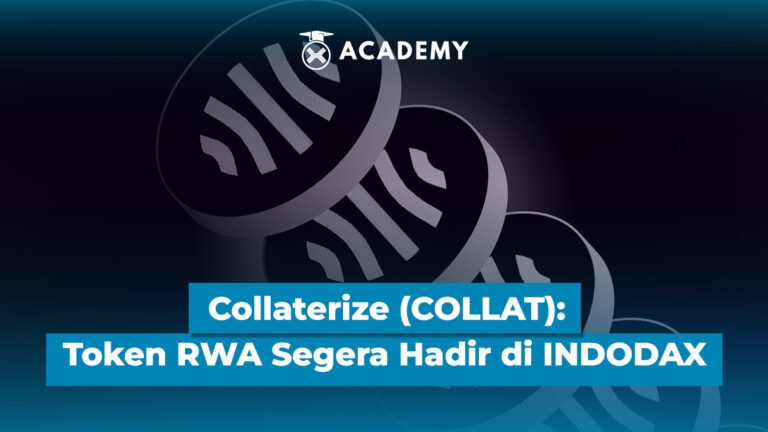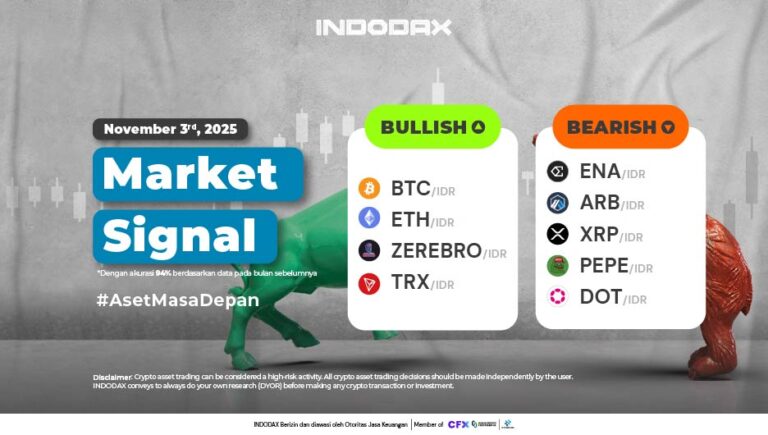Have an investment, but still confused whether it is profitable or even a loss? Or are you curious about which instrument is the most profitable among all? This is where the important role of Rate of Return (RoR) comes in.
RoR is the simplest and most effective way to measure how much profit or loss you make from any asset, be it stocks, crypto, property, or even collectibles.
Now, to better understand what Rate of Return (RoR) is, let’s look at the full review below.
What is Rate of Return?

Rate of Return (RoR) is a measuring tool in the financial world that is used to show the percentage of profit or loss generated from an investment.
Simply put, RoR shows how much the value of your investment has increased or decreased since it was first purchased until a certain period of time.
Technically, RoR is calculated as the percentage change in the value of an investment, from when you bought it until it generated cash flow or was resold.
When RoR is positive, it means that your investment is making a profit. Conversely, if RoR is negative, it indicates a loss.
Interestingly, RoR can be applied to almost all types of assets. Starting from stocks, bonds, and property, to modern instruments such as crypto, NFT, even art collections or rare items.
As long as the asset is purchased at a certain time and has a selling value or generates cash flow in the future, then you can calculate its RoR.
RoR is also useful for comparing the performance of various types of investments. For example, you want to know which is more profitable, whether stock A, bond B, or property C.
By calculating and comparing the RoR of each, you can assess which offers a higher return over the same period of time.
A simple example is like this, you buy Bitcoin (BTC) when the price is IDR 300,000,000. then, a few months later, the value increases to IDR 360,000,000.
That means, you get a profit of IDR 60,000,000. If calculated as a percentage, your RoR is 20% of the initial capital.
Through RoR, you can assess whether an investment is worth the risk and time you spend. It is no wonder that many investors use RoR as one of the main compasses in making financial decisions.
Also read related articles: Understanding Investment Formulas: How to Calculate ROI & CAGR
Formula and How to Calculate Rate of Return
Calculating the Rate of Return (RoR) is actually quite simple, but it is very important to assess whether an investment is truly profitable. The basic formula looks like this:
RoR = (Final Value – Initial Value) / Initial Value × 100%
With this formula, you can find out the percentage change in the value of an asset, whether it is a profit or loss.
The initial value refers to the price when you buy the asset, while the final value is the value of the asset when you sell it or when the investment period ends.
Formula component description:
- Initial Value: the amount of funds used to purchase the asset when the investment was first made.
- Final Value: the price or value of the asset when it is sold or revalued.
- The result: shows how much percentage profit (if positive) or loss (if negative) from the investment.
Example of Calculation Simulation
1.Crypto Assets (Bitcoin)
Suppose you buy Bitcoin for IDR 300,000,000. A few months later, the price increases to Rp360,000,000. Thus, the RoR can be calculated as follows:
RoR = (360,000,000 – 300,000,000) / 300,000,000 × 100% = 20%
This means you get a profit of 20% of your initial capital.
2.Digital Gold
You buy digital gold worth Rp5,000,000 and six months later its value increases to Rp5,500,000. Thus:
RoR = (5,500,000 – 5,000,000) / 5,000,000 × 100% = 10%
Your digital gold investment grows by 10% during that period.
Gross RoR vs Net RoR
In practice, it is also important to distinguish between gross RoR and net RoR, namely:
- Gross RoR is the result of the calculation without taking into account any additional costs, such as transaction fees, taxes, or administration fees.
- Net RoR is the result after deducting all these costs, so it reflects the net profit that you actually receive.
Example:
You buy crypto for IDR 300,000,000 and sell it at a price of IDR 360,000,000, but you pay a transaction fee of IDR 6,000,000. Thus:
Gross RoR = (360 – 300) / 300 × 100% = 20%
Net RoR = (360 – 300 – 6) / 300 × 100% = 18%
Net RoR shows that your net profit after costs is only 18%, not 20%.
Types of Rate of Return
In the investment world, the Rate of Return (RoR) is not only calculated in one way. Depending on the context and purpose of the analysis, there are several types of RoR that are commonly used.
Each provides a different perspective on the performance of an investment. Here are the main types, including:
1. Nominal Rate of Return
This is the most basic form of RoR, which shows profit or loss without taking inflation into account.
In other words, nominal RoR only calculates the difference in investment value directly in percentage form. Although simple, nominal RoR can be misleading because it does not reflect real purchasing power.
2. Real Rate of Return
Unlike nominal, real RoR has been adjusted for inflation. This provides a more accurate picture of the growth in investment value in terms of purchasing power.
If inflation is high, the nominal return that appears large may actually be small or even negative in real terms.
3. Annualized Rate of Return
Used for long-term investments, annualized RoR calculates the average investment growth per year.
This is very helpful for comparing two assets that have different investment durations because the results show consistent annual performance.
4. Cumulative Rate of Return
Cumulative RoR is the total investment growth from start to finish, without considering how long it takes.
Suitable for seeing an overview of overall profits, but less accurate if you want to know the annual performance or time risk.
Comparison Example:
For example, you invest in Stock A and make a total profit of 50% in 5 years. At first glance it looks tempting. However, if calculated using the annualized RoR, the result is around 8.4% per year.
This figure certainly provides a different perspective that even though the total return is large, the annual growth is not as high as imagined.
You might also be interested in this: Completely Discuss, This is the Difference Between ROIC Vs ROI & How to Use It
Rate of Return Function for Investors
Rate of Return (RoR) is not just a percentage figure, but an important tool that helps investors in various aspects of decision making. Here are some of its main functions in the world of investment, including:
1. Evaluating Asset Performance
RoR helps investors see how well an asset is growing over time.
By calculating RoR, you can find out whether an investment is actually making a profit or actually making a loss, and how much impact it has on the overall portfolio.
2. Comparing Various Investment Instruments
RoR is very useful when you want to compare returns from various types of assets. For example, you can see whether investing in Bitcoin is more profitable than Government Securities (SBN) or property.
Because RoR is expressed as a percentage, the comparison is more objective and easier to understand.
3. Helping Investment Decision Making
By understanding RoR, investors can choose instruments that suit their goals and risk profiles. If your target is long-term growth, then you might prefer assets with a stable annual RoR.
On the other hand, if you are looking for fast growth, a high RoR in a short period of time can be considered, with the note that the risk must be comparable.
4. Measuring Relative Risk
It should be understood that a large return does not always indicate that the investment is the best choice. RoR also helps identify hidden risks.
For example, there are two assets that both offer a RoR of 20%, but if one has extreme volatility, then the risk is much higher.
This is where RoR plays a role in providing an overview of the balance between potential profit and risk level.
Rate of Return in the Crypto World

In the highly volatile and fast-moving crypto world, Rate of Return (RoR) is one of the most important indicators, both for active traders and long-term HODLers.
RoR helps both to understand the extent to which their crypto assets are performing, and becomes a reference for making more rational decisions.
For traders, short-term RoR, both daily and weekly, is used to measure the profit or loss of a quick trading position.
Since the crypto market can experience extreme price movements in just a matter of hours, knowing the RoR periodically helps traders assess the effectiveness of their strategy in a short time.
Meanwhile, for HODLers, long-term RoR (such as 1-2 years) is more relevant. It is used to assess the extent to which the assets stored show growth, even amidst market ups and downs.
RoR is a reflection of the resilience and potential growth of assets in the long term, especially amidst uncertain crypto market fluctuations.
Furthermore, RoR can also be combined with technical analysis to strengthen entry and exit decisions.
For example, when the price shows a bullish technical signal and the RoR in the previous period also shows a positive trend, this could be a signal that the time to enter the market is quite ideal.
Conversely, if the RoR starts to decline and the technical indicator gives an overbought signal, it could be time to exit the position.
In the world of DeFi (Decentralized Finance) and crypto staking or Earn, RoR acts as the basis for calculating yield or returns.
DeFi platforms often display APY (Annual Percentage Yield), which is actually a form of development of the annual RoR.
By understanding how RoR works, investors can be more critical in evaluating whether the promised yield is realistic, as well as what the potential risks are.
Conclusion
Well, that was an interesting discussion about Rate of Return: How to Calculate Profit from Your Investment that you can read in full at the Crypto Academy at INDODAX Academy.
In conclusion, Rate of Return (RoR) is the main foundation in measuring profit or loss from any investment.
Whether you are actively trading crypto, storing property, or collecting NFTs, RoR helps you assess how much you are actually getting.
More than just a number, RoR provides an objective picture that can be the basis for decision making. Most importantly, you are no longer investing just based on feelings or feelings, but based on clear and measurable data.
In addition to expanding your investment horizons, you can also stay updated with the latest crypto news and directly monitor the price movements of digital assets on the INDODAX Market. Don’t forget to activate notifications so that you always get the latest information about digital assets and blockchain technology only at INDODAX Academy.
You can also follow our latest news via Google News for faster and more reliable access to information. For an easy and safe trading experience, download the best crypto app from INDODAX on the App Store or Google Play Store.
Also maximize your crypto assets with the INDODAX Earn feature, a practical way to earn passive income from the assets you store.
Also follow our social media here: Instagram, X, Youtube & Telegram
FAQ
1.What is Rate of Return (RoR)?
RoR is the percentage of profit or loss from an investment in a certain period.
2.How to calculate RoR?
RoR = (Final Value – Initial Value) ÷ Initial Value × 100%. Can be applied to all investment instruments.
3.Is RoR suitable for crypto analysis?
Very suitable! RoR helps traders assess the performance of crypto assets over time.
4.What is the difference between RoR and IRR?
RoR calculates total returns, IRR considers time and cash flow. IRR is more complex and is used for long-term projects.
5.What are the disadvantages of RoR?
RoR does not take time or inflation directly into account, so sometimes additional data needs to be provided.
Author: Boy




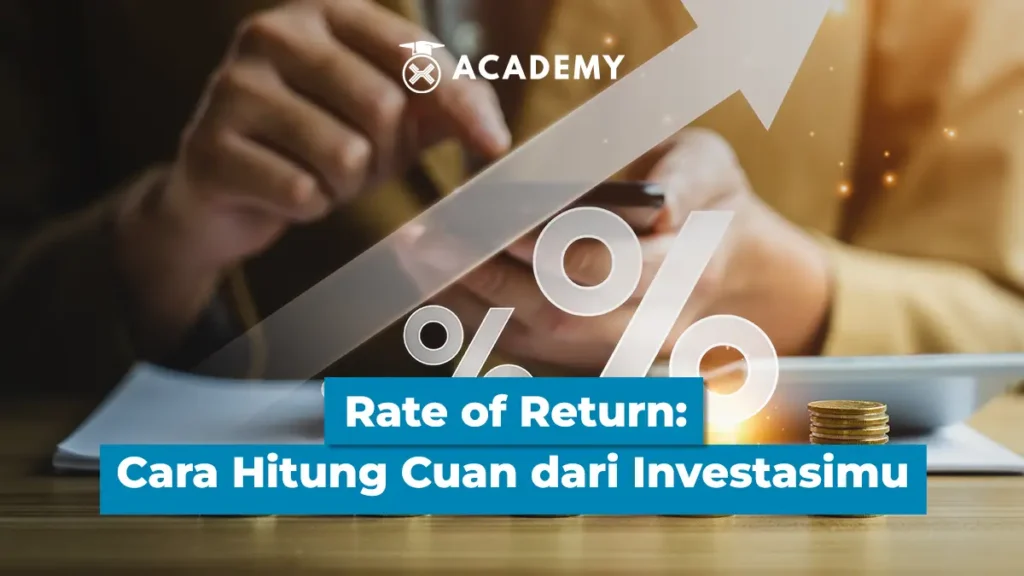

 Polkadot 10.19%
Polkadot 10.19%
 BNB 1%
BNB 1%
 Solana 4.87%
Solana 4.87%
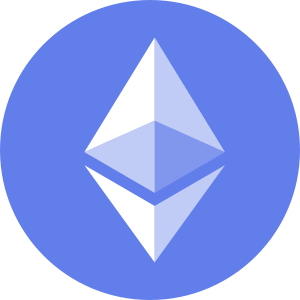 Ethereum 2.37%
Ethereum 2.37%
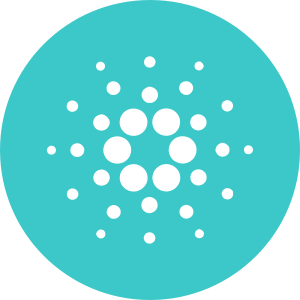 Cardano 1.68%
Cardano 1.68%
 Polygon Ecosystem Token 2.03%
Polygon Ecosystem Token 2.03%
 Tron 2.89%
Tron 2.89%
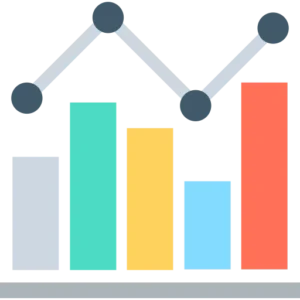 Market
Market